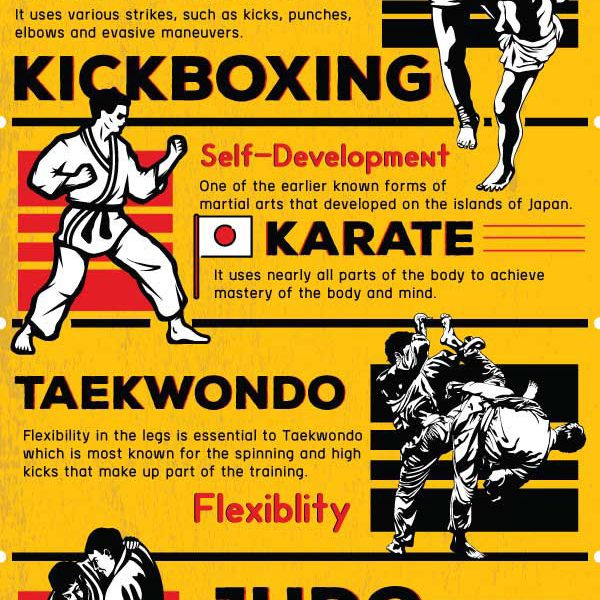Comprehending The Fundamental Differences In Between Standard Martial Arts And Modern Battle Sports
Comprehending The Fundamental Differences In Between Standard Martial Arts And Modern Battle Sports
Blog Article
Produced By-Bright Brady
When you consider martial arts, do you lean more towards the standard practices or the modern combat sporting activities? Each course offers special advantages and experiences, formed by their ideologies and training methods. Traditional martial arts stress personal development and self-control, while modern fight sporting activities concentrate on competition and efficiency. Recognizing these distinctions can lead you in picking the ideal strategy for your journey. But exactly how do these differences manifest in training and ideology?
The Ideology and Background Behind Conventional Martial arts
While many individuals associate martial arts with physical combat, the ideology and history behind standard martial arts run much deeper. You'll discover that these techniques stress personal growth, discipline, and regard.
Originating from old techniques, traditional martial arts were frequently established for Self-Defense and spiritual development. They embody concepts such as equilibrium, harmony, and self-control, leading experts beyond simple battling skills.
As you train, you'll not only discover methods however likewise acquire understandings into the culture and worths that shaped these arts. The routines and customs, typically given via generations, promote a sense of neighborhood and belonging.
The Competitive Nature of Modern Combat Sports
Modern battle sporting activities have actually transformed the landscape of martial arts into a highly competitive arena, where athletes face off in an examination of skill, method, and endurance.
https://www.syracuse.com/news/2023/01/elbow-chop-the-leg-chop-the-groin-cny-lgbtq-groups-try-self-defense-to-grapple-with-shootings-hate-speech.html 'll notice that competitors are frequently arranged with strict guidelines and policies, guaranteeing fair play and safety. These events attract huge audiences, sustaining the exhilaration and strength of matches.
Professional athletes train rigorously, not just for physical prowess however additionally for mental durability, recognizing that every detail counts in the ring. The adrenaline thrill during competitions is apparent, as boxers press their limitations to claim triumph.
Fans appreciate the athleticism and creativity involved, making contemporary battle sports a thrilling phenomenon that continues to develop and captivate enthusiasts around the world.
Training Approaches and Strategies: A Comparative Analysis
The affordable atmosphere of contemporary fight sports needs ingenious training methods that vary considerably from conventional martial arts.
In contemporary training, you'll concentrate on details methods, sparring, and conditioning, often utilizing drills that simulate real battle scenarios. martial arts you can teach yourself 'll see an emphasis on quantifiable efficiency and regular competitors to analyze your skills.
On the other hand, conventional martial arts focus on kinds, katas, and thoughtful mentors, frequently emphasizing technique and respect over competition.
Training is generally much less extreme and may involve recurring technique instead of real-time sparring.
While both techniques build skill and physical fitness, modern-day combat sporting activities offer a much more vibrant and adaptable training environment, preparing you for prompt obstacles in the ring or cage.
Pick the course that aligns with your goals and passions.
Final thought
In picking between traditional martial arts and contemporary combat sporting activities, it truly boils down to what you value the majority of. If you're seeking personal growth, discipline, and a feeling of neighborhood, standard arts might be your finest fit. However if you thrive on competitors and real-time challenges, modern-day fight sporting activities could be the method to go. Ultimately, both courses provide one-of-a-kind advantages, so it's all about straightening your training with your individual goals and rate of interests.
